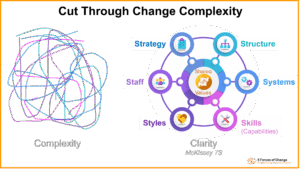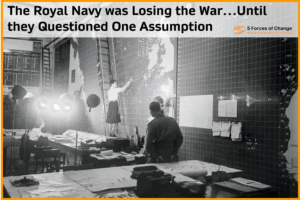Psychological ‘Reactance’ flows from our innate desire for freedom of choice.
When tyrannical regimes curb people’s freedom there is always a backlash. Witness what is happening right now in Iran and China, despite the grave dangers facing people who openly protest.
the grave dangers facing people who openly protest.
Reactance is also at work in our daily lives. When governments try to get people to act more safely, eat more healthily or drink less alcohol people hit back by accusing politicians of creating a ‘Nanny State’ that threatens their freedom to choose how they live their lives.
Reactance is one of the key sources of frustration when implementing change at work. We may spell out the benefits of adopting new technology or new ways of working and the dangers of falling behind the competition if we shun change only to find people picking holes in our proposals or simply doing the opposite of what we have asked them to do. This is Reactance at work.
So how should we deal with it? Should we simply enforce the change? After all, shouldn’t people do what we ask them to do given we pay them to do it?
However, we ignore human nature at our peril. Whilst some people will toe the line others will openly oppose the change, circumvent it, or passively ignore it.

Experience and the evidence of research shows that the best way to avoid the dangers of Reactance is to increase people’s freedom to choose. This does not mean giving people a vote on whether or not to change [I witnessed one organisation that tried this, and strangely enough people voted overwhelmingly for the status quo!]. However, the more control people feel the less they push back.
People’s desire for choice can have a hugely positive impact on the quality and sustainability of your change. Engaging people in the strategy of the organisation not only reduces reactance, but also helps increase people’s sense of purpose. Similarly, asking people to help you shape change or the way it is implemented dispels reactance whilst also providing expert input from the people who run your processes and serve your customers.
All of this takes time and effort, but it’s an investment that secures susta
ined change whilst enhancing employee motivation and loyalty.








